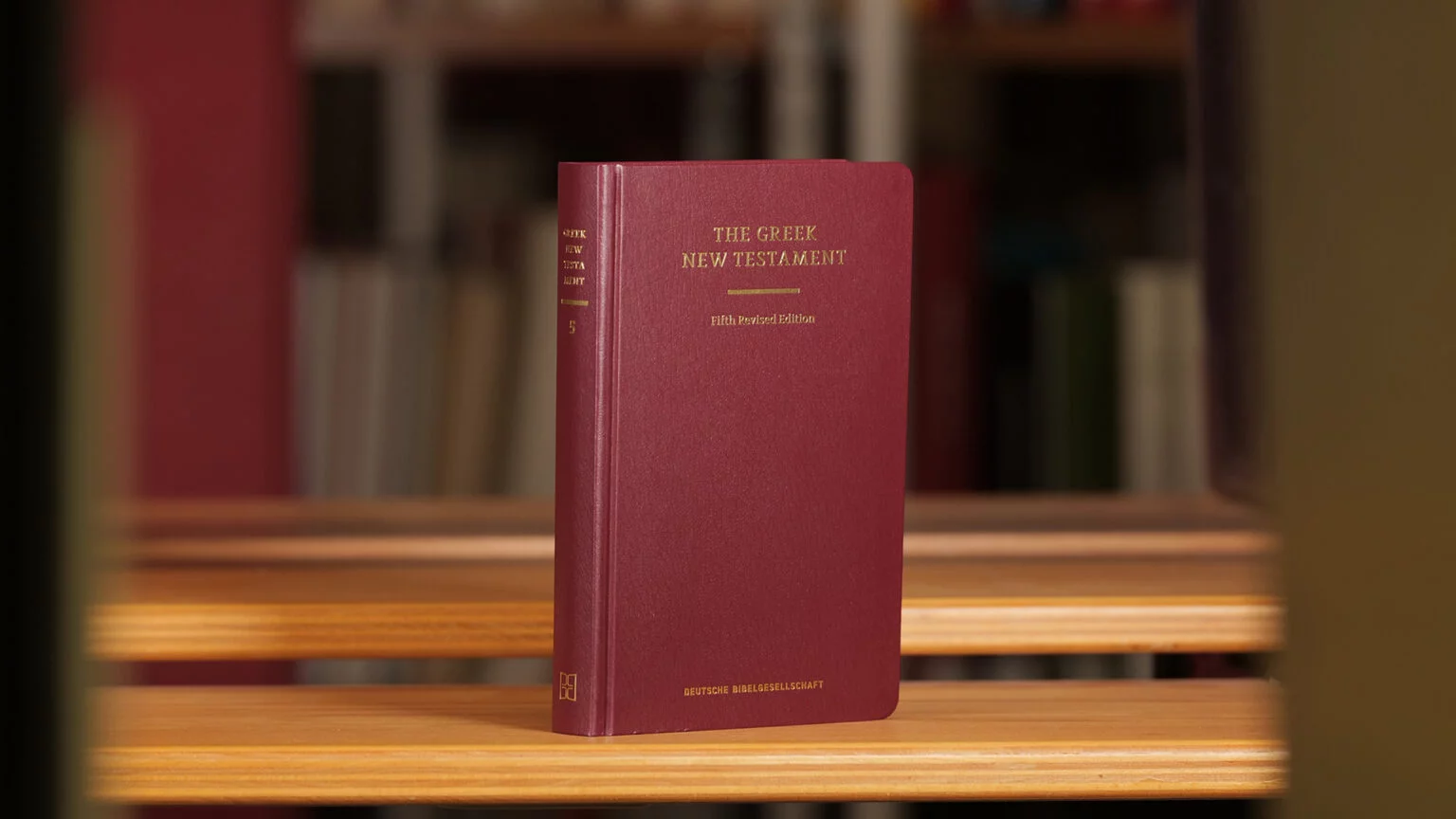Greek New Testament (GNT)


The Greek New Testament and its history
The Greek New Testament is the basis for the worldwide translation work of the New Testament. The critical apparatus is especially designed to serve the translators' needs.
The beginnings (from the establishment of the Editorial Committee up to the 1st Edition, 1966)
On the initiative of the American Bible Society (with the participation of the Scottish and Wurttembergian Bible Societies, and later of the Netherlands and British Bible Societies), a committee of experts was formed in 1955 to prepare for the publication of a new edition of the Greek New Testament. Its members were Kurt Aland, Matthew Black, Bruce Metzger, and Allen Wikgren. The new edition was to be specially oriented towards the needs of biblical translators.
Accordingly, the 1st Edition of the Greek New Testament (1966) offered in its apparatus only variant readings for passages that were particularly uncertain or were highly important for the purposes of translation and exegesis. The new edition provided translators with a clear and convenient means, using the alphabetical letters A–D, of grading each variant included in the Greek text as to the editors’ certainty of its authenticity. In addition to the text-critical apparatus, the editors included a punctuation apparatus that laid out differences in punctuation relevant to the sense of the text in the various Greek editions and in significant modern translations.
The principal text included a number of deviations from the text provided in the Nestle-Aland up to the 25th Edition.
Further developments up to the present day
3rd Edition (1975): The Committee's intensive work brought about a fundamental overhaul of the Greek New Testament, and its revised principal text also became the basis for the 26th Edition of the Nestle-Aland Novum Testamentum Graece (see above). For this edition the punctuation apparatus and the index of Old Testament allusions and quotations were also thoroughly reworked by the Translation Department of the American Bible Society.
3rd, Corrected Edition (1983): While the principal text subsequently remained largely unchanged and was modified (along with the punctuation apparatus) only “in matters of punctuation”, the Institute for New Testament Textual Research (INTF) subjected the apparatus criticus to a thorough revision, based on the work for the 26th Edition of Nestle-Aland (see above), published in 1979.
4th, Revised Edition (1993): In parallel with revisions made to the 27th Edition of the Nestle-Aland, the apparatus criticus of the Greek New Testament was upgraded once more (while the principal text was retained in unmodified form). At the same time, the punctuation apparatus was again reworked by an expert from the United Bible Societies (UBS).
5th, Revised Edition (2014): The Fifth edition of the UBS Greek New Testament is essentially a further revision of the Fourth edition, in which important corrections and additions have been made. For example, the readings of the new papyri 117 through 127 are included in the critical apparatus. In the case of the Catholic letters a fundamentally new approach has been followed. For this part of the New testament the Editio Critica Maior (ECM) is already available. The ECM represents a new level of scientific research on the text and offers a text newly established on this basis. These new insights and results had to be incorporated into the present edition, especially since they are also included in the 28th edition of the Nestle-Aland Novum Testamentum Graece, with which the Greek New Testament continues to share an identical text.
Result: The Greek New Testament is not intended as a basis for comprehensive text-critical work, but provides a foundation for translations of the New Testament worldwide. It presents to its users a reliable Greek text, and for selected passages – wherever significant variants exist in the New Testament manuscripts – elucidates the course of its development.
